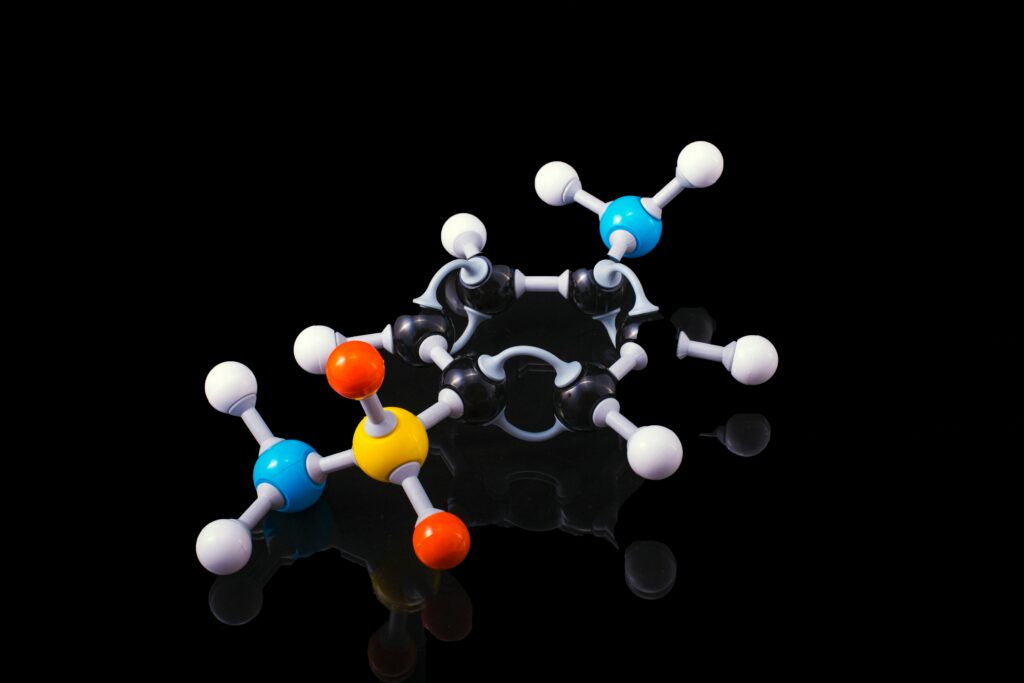Methane (CH4) is a compound composed of one carbon atom bonded to four hydrogen atoms. The type of bonding present in methane can be determined by analyzing the electronegativity of the constituent atoms.

Electronegativity is the ability of an atom to attract electrons towards itself in a covalent bond. The difference in electronegativity between two bonded atoms can be used to determine the type of bond between them. If the difference in electronegativity between two bonded atoms is greater than 1.7, the bond is considered ionic. If the difference in electronegativity is between 0.5 and 1.7, the bond is considered polar covalent. If the difference in electronegativity is less than 0.5, the bond is considered nonpolar covalent.
Carbon has an electronegativity of 2.55, while hydrogen has an electronegativity of 2.20. The difference in electronegativity between carbon and hydrogen is 0.35, which is less than 0.5. Therefore, the bond between carbon and hydrogen in methane is a nonpolar covalent bond.
A covalent bond is formed when two atoms share one or more pairs of electrons. In the case of methane, each hydrogen atom shares one pair of electrons with the carbon atom, resulting in a total of four shared pairs of electrons, one for each hydrogen atom. The shared pairs of electrons create a covalent bond between the carbon atom and each of the four hydrogen atoms.
In a covalent bond, the electrons are shared between the two atoms, resulting in a bond that is generally stronger than an ionic bond. The strength of a covalent bond depends on the number of shared electrons and the distance between the nuclei of the two atoms involved in the bond. In methane, the carbon and hydrogen atoms are relatively close together, resulting in a strong covalent bond between them.
Ionic bonds, on the other hand, are formed when two atoms with significantly different electronegativities bond. In an ionic bond, one atom completely transfers one or more electrons to the other atom, resulting in the formation of positively charged cations and negatively charged anions. The attraction between the opposite charges creates an ionic bond.
For example, in sodium chloride (NaCl), sodium (Na) has an electronegativity of 0.93, while chlorine (Cl) has an electronegativity of 3.16. The difference in electronegativity between the two atoms is 2.23, which is greater than 1.7. Therefore, the bond between sodium and chlorine is considered ionic. In this case, sodium transfers one electron to chlorine, resulting in the formation of a positively charged sodium cation (Na+) and a negatively charged chloride anion (Cl-). The attraction between the opposite charges creates an ionic bond between sodium and chlorine.
In summary, methane (CH4) is a compound composed of one carbon atom and four hydrogen atoms, bonded together by nonpolar covalent bonds. The difference in electronegativity between carbon and hydrogen is less than 0.5, making the bond between them a nonpolar covalent bond. This type of bonding is characterized by the sharing of electrons between atoms, resulting in a strong bond. Ionic bonding, on the other hand, is characterized by the complete transfer of electrons from one atom to another, resulting in the formation of positively charged cations and negatively charged anions. The attraction between the opposite charges creates an ionic bond.
